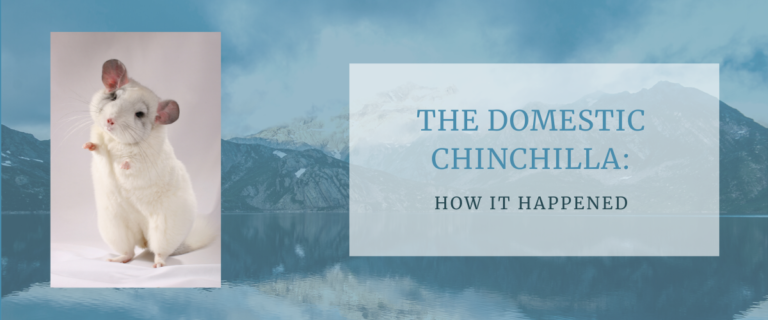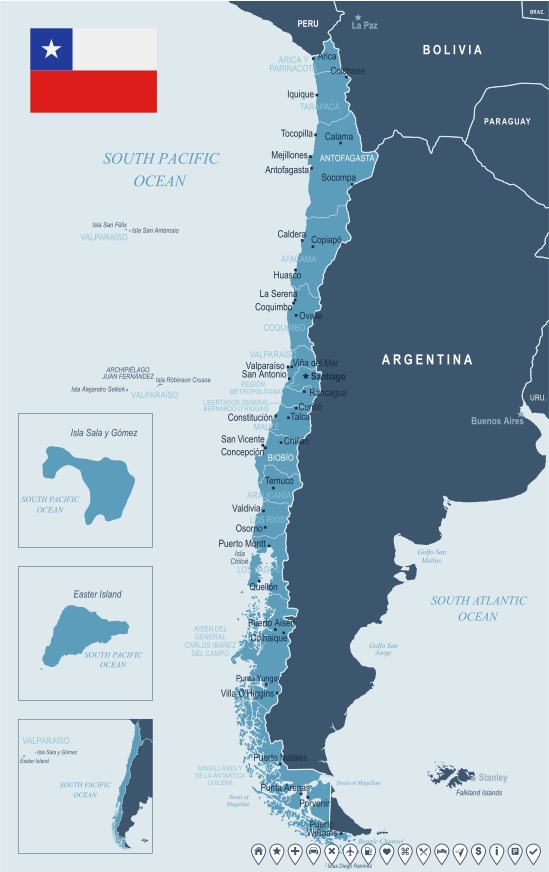Chinchillas have been around for a very, very long time. According to livescience.com, the chinchillas’ ancestors were some of the first rodents in South America 41 million years ago. The chinchilla name was derived from the Chincha people of the same region. Today we’re going to share more about the domestic chinchilla. While there is a lot of controversy regarding the facts, we will do our best to provide information from credible sources.
The Domestic Chinchilla: How Did it Happen?
Native to the Andes Mountains of northern Chile, chinchilla fur became popular sometime between the 1500s to 1700s when Spanish explorers discovered them. According to the Museum of Arts and Sciences, their passive behavior allowed them to be trapped and domesticated easily.
Unfortunately, demand for the chinchilla's luxurious fur almost led to their extinction by 1900. About that time, Argentina, Bolivia, Chile, and Peru banned the hunting of wild chinchillas.
However, according to the Chinchilla Chronicles website, an American mining engineer named Mathias F. Chapman got special permission from the Chilean government to bring chinchillas to the United States in 1923. As a result, nearly every pet chinchilla in the United States today is a direct descendant of 11 chinchillas that Chapman brought to the country.
Two Living Species
According to Adopt An Animal Kits, there are two living species of chinchilla. Chinchilla chinchilla has a thicker neck and shoulders, a shorter tail, and shorter ears than Chinchilla lanigera. Chinchilla chinchilla is on the verge of extinction. Chinchilla lanigera has become rare in the wild. The domestic chinchilla is believed to have originated from the Chinchilla lanigera species.
Not Extinct, but Endangered
Both species of chinchilla are listed as Endangered by the IUCN Red List of Threatened Species. This is because 90% of their population has been lost in the last 15 years due to hunting by humans.
By 1953, chinchillas were thought to be extinct but were discovered in the Antofagasta Region in the late 1900s. They are currently believed to be extinct in Peru and Bolivia. However, according to the San Diego Zoo, they persist in only two regions in Chile.
Wild chinchillas live in colonies, called herds, of 14 to 100 individuals. Their colonies allow for complex social interaction and help protect them from predators.
We love the domestic chinchilla here at Small Pet Select. We would love to feature your chinny in Weekly Cuties, published on Saturdays. Click on the photo above to take you to our submission form. You can share all the fabulous deets on things your pet does and your fave photos. If you have any issues, email us at cuties@smallpetselect.com.
DISCLAIMER: The links and information are being provided as a convenience and for informational purposes only; they do not constitute an endorsement or an approval by Small Pet Select of any of the products, services or opinions of the corporation or organization or individual.
Want to learn more about chinchillas? Check these out!
How expensive are chinchillas to keep?








